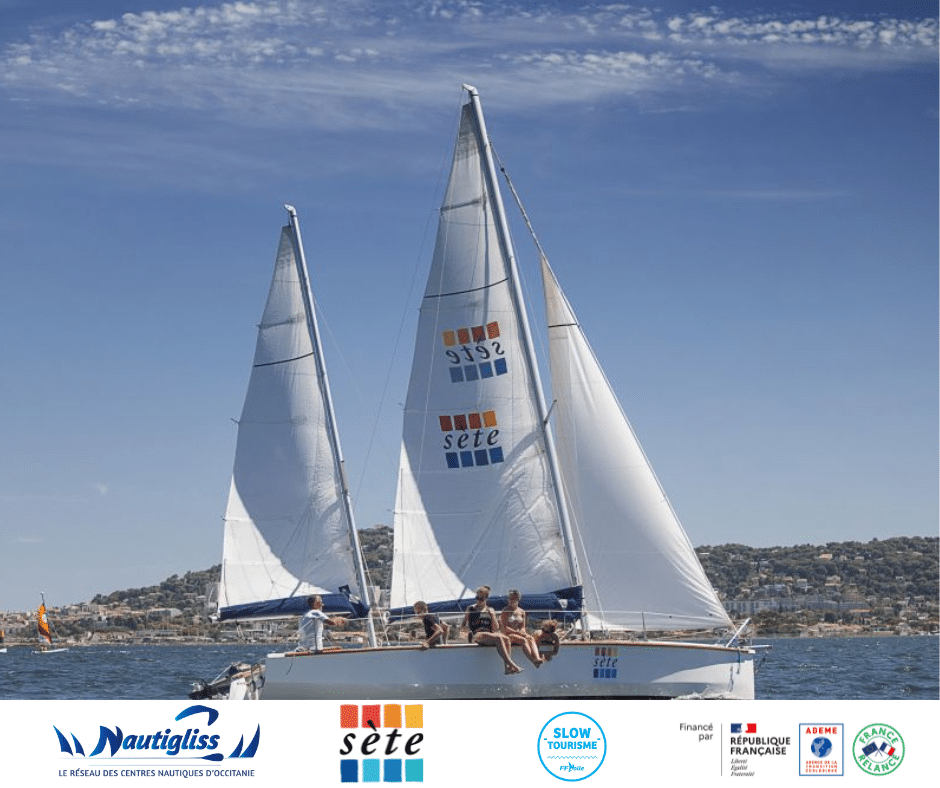Nautical tourism is undergoing a fascinating transformation, marked by a dynamic evolution that attracts a growing number of enthusiasts. This development is part of extensive research into the trends, consumer preferences and environmental challenges shaping this industry. The aquatic sector, which encompasses a multitude of activities from cruising to boating, is proving to be a powerful economic driver, especially in coastal regions and inland waterways.
With the rediscovery of rivers and coastlines, nautical tourism players are seeking to reinvent their offers while meeting the expectations of a public increasingly committed to sustainability. French rivers, for example, offer exceptional opportunities to explore and appreciate nature while participating in ecological initiatives. As the world evolves, the nautical industry is integrating technological innovations and sustainable practices to ensure an enriching experience while respecting the environment. This exploration of nautical tourism reveals a rapidly changing sector, where research and development intertwine to create a promising future.
THE nautical tourism is undergoing transformation, supported by economic, environmental and social changes. The need to understand its recent evolution is crucial as demand for authentic and environmentally friendly experiences increases. This exploration provides a detailed overview of recent figures and statistics, a presentation of tangible case studies as well as practical recommendations for professionals in the sector.
Table of Contents
ToggleNautical Market Statistics and Trends
The nautical tourism market has experienced sustained growth in recent years. According to a study conducted by Asset France, nautical tourism represents around 6% of the national GDP with an annual attendance of more than 25 million visitors. This figure includes boating, cruising and water sports activities. A recent study by Voies Navigables de France reveals that around 80,000 km of waterways are operated, offering tourists a multitude of unique destinations.
Trends also show a growing interest in sustainable activities. More than 50% of today’s travelers prefer vacation options that respect the environment. Initiatives like cruises ecological and stays aboard environmentally friendly sailboats meet this demand. For example, a tour operator specializing in river cruises noticed a 30% increase in bookings for trips that emphasize ecotourism.
Case Studies and Concrete Anecdotes
To illustrate the evolution of nautical tourism, take the example of the Guadeloupe archipelago. According to a study conducted by thelocal nautical industry, the sector has gained in diversity with the rise of board sports suitable for all ages. This diversification has not only attracted younger customers, but also generated favorable dynamics for local businesses, encouraging them to offer various services. In addition, local tourist guides accompany visitors to discover little-known sites, thus enriching their experience while preserving local resources.
Another example would be the region of Brittany, where a development project river tourism was successfully implemented. The establishment of discovery trails, combined with electric boat and bicycle rental offers, allowed tourists to enjoy the landscapes without disturbing the surrounding ecosystem. This multidimensional approach has seen a 20% increase in visits in one year, which proves the appeal of a renewal of nautical tourism focused on environmentally friendly experiences.
Perspectives and Recommendations for the Future
For the future development of nautical tourism, there are several strategic axes to consider. First, it is essential to implement awareness programs on maritime conservation and sustainable practices. Sector stakeholders, from point of sale to tourist guides, should be trained to educate visitors about the environmental impacts of their activities and encourage them to adopt responsible behavior.
Secondly, the development of sustainable technologies in the nautical sector is essential. The integration of electric motors and the promotion of renewable energies to power boats can improve the environmental impact. Tracking technologies, such as mobile apps that monitor sensitive areas in real time, could prevent abuse and overcrowding.
Finally, the importance of an interconnected network of tourism offerings should not be underestimated. Collaborations between industry players, such as tourism boards, transport companies and nature observers, can create beneficial synergies. A centralized digital platform would offer up-to-date information, facilitating travelers’ access to various choices, while respecting their safety and heritage.
THE nautical tourism, in full change, requires continuous monitoring and a strong commitment to adapt to the growing needs of sustainability and respectability. The future of this sector rests on a collaborative and integrative approach, emphasizing innovation. By putting these recommendations into practice, nautical tourism can become a model of development for generations to come.










